Trinidad and TobagoMapFebruary 13–15, 2008 A fairly poor but proud country. 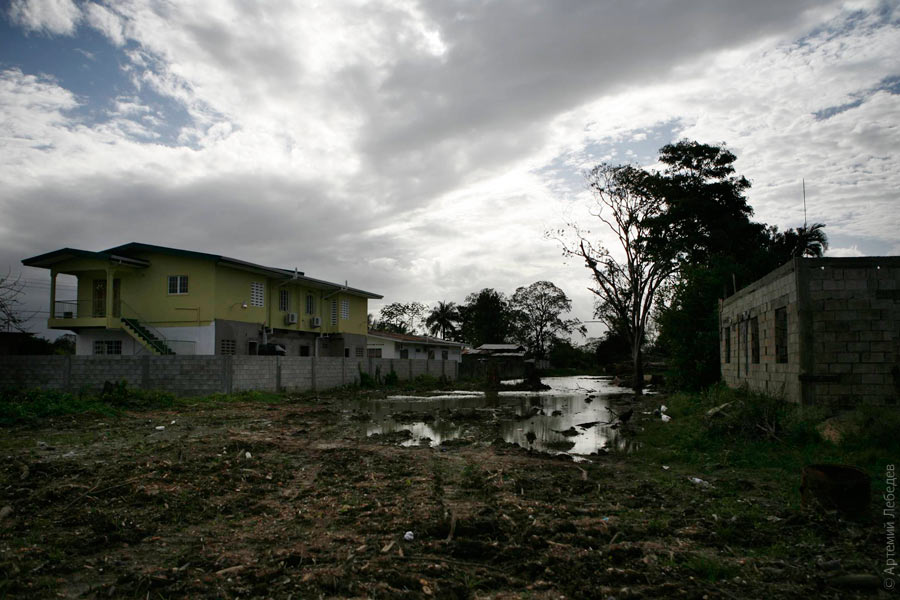 In order to come here, Russian citizens have to apply for a visa 30 days in advance through the British Embassy in Moscow (the world’s most horrible bureaucratic mind-screw of an organization). I applied two months in advance and still received no answer from the embassy. The Trinidadian embassy in Caracas was also unable to issue me a visa in one day, even though I had already booked a hotel and purchased my flights. I ended up flying here at my own risk and peril, showing my same-day return ticket at passport control as proof of my good intentions. The lady in the window gave me a transit visa until the 15th, which I took advantage of by immediately changing my return ticket to the 15th. I don’t advise anyone else to follow my example, because it might not work. 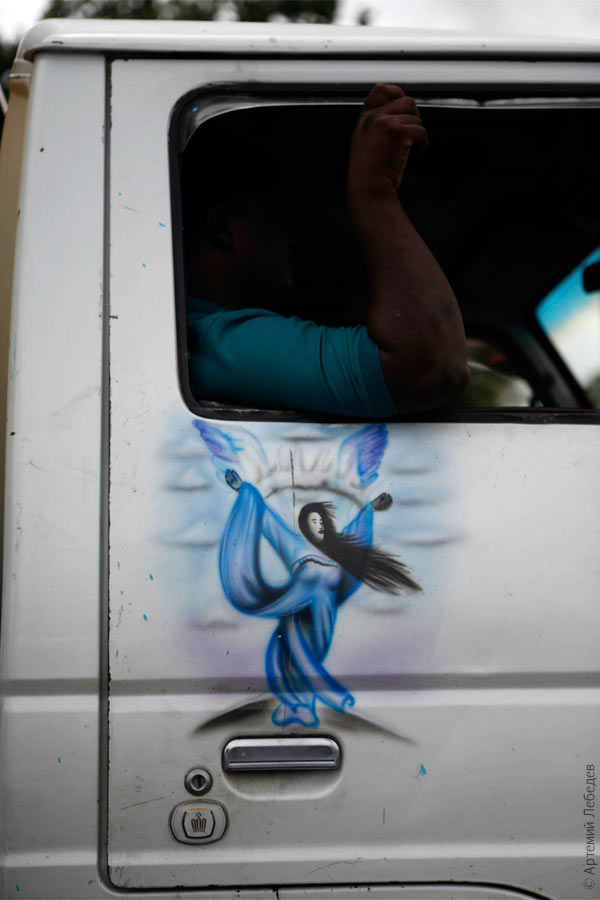 Trinidad is where people go to see birds. Birdwatching, a trendy pastime for the over-60 crowd, has recently become insanely popular. Busloads of old people are out birdwatching from dawn till dusk, each of them armed with a bird guide and camera. A new breed of young people has even emerged, ones whose role is to suavely approach seniors and point things out in the foliage: “A white-bearded manakin.” The senior is supposed to be delighted: “Mary, Mary, look, how lovely!” The birdfeeders are filled with sugar water, so any fool can snap a couple of terabytes’ worth of hummingbirds.  The scarlet ibises aren’t too bad, either. 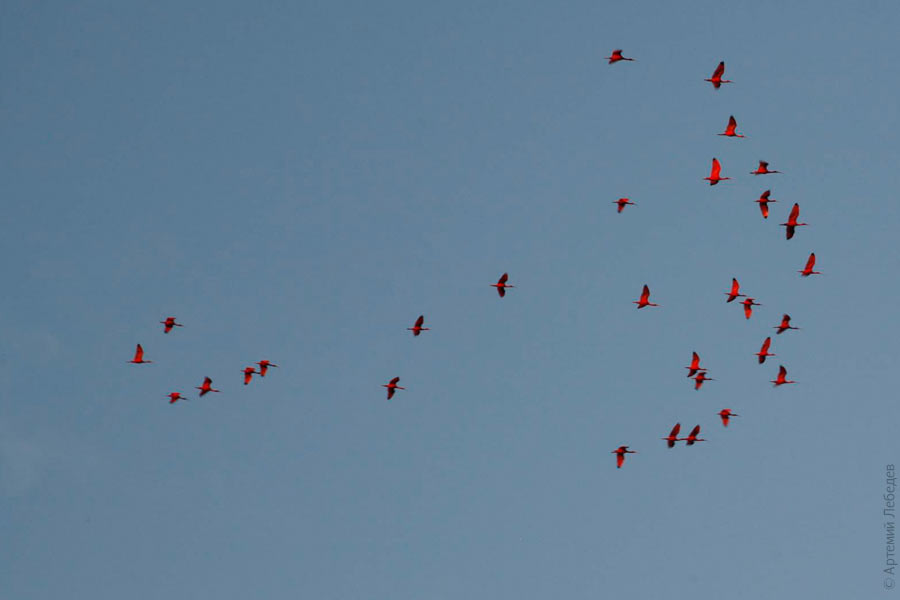 Trinidad is home to some of the most beautiful black women in the world. I don’t have any photo evidence to back this up.  You’ll see young women with some of the finest physiques you could possibly imagine here. They’re not pictured in this photo. 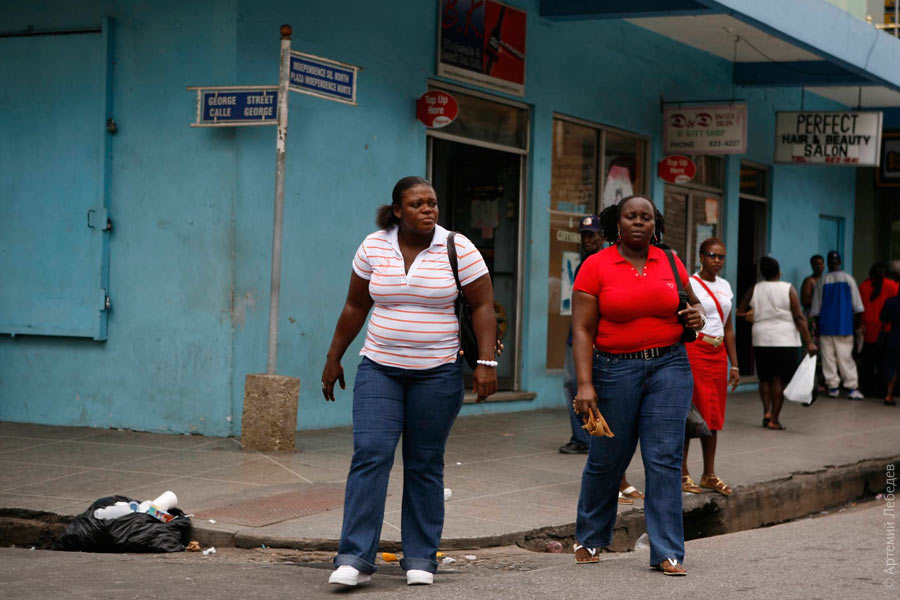 It would not be much of an exaggeration to say that this is where I first began to understand and appreciate black beauty. I just didn’t manage to capture it on camera. 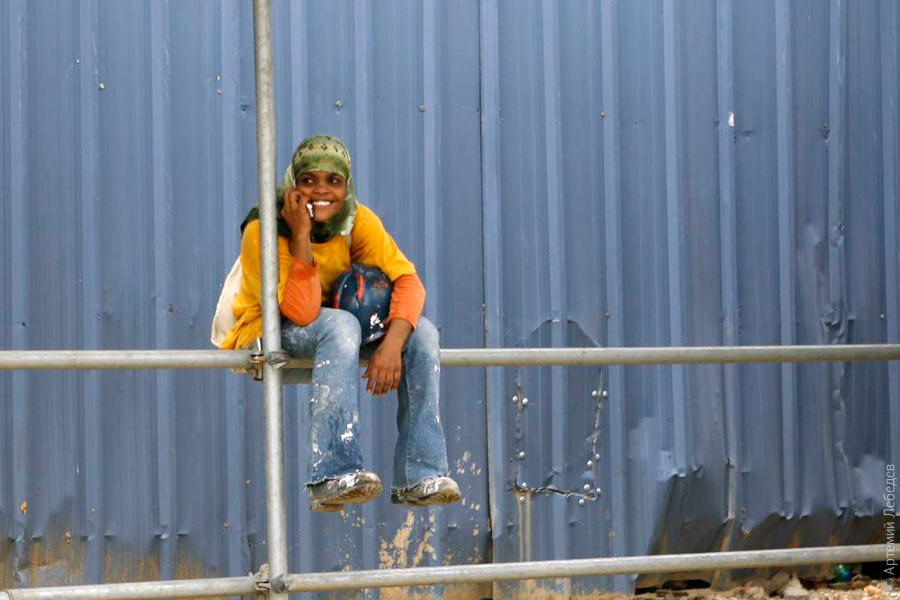 The island is congested with traffic. The trip from the airport to the capital, Port of Spain, can easily involve an hour and a half of crawling on the highway. It’s unclear how this prisoner transport vehicle can promise “Justice on Time.” 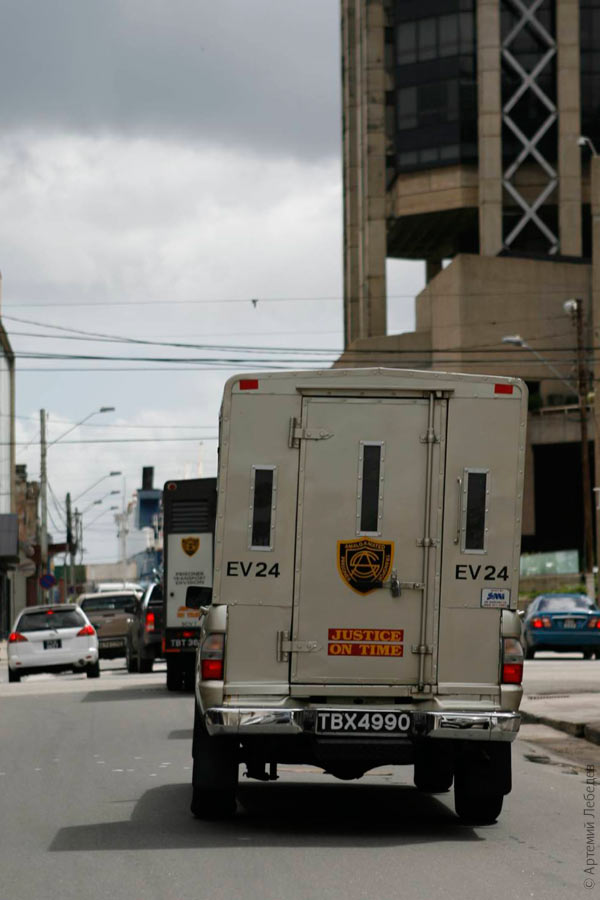 The road signs here use a special Trinidadian arrow design, which takes some getting used to. 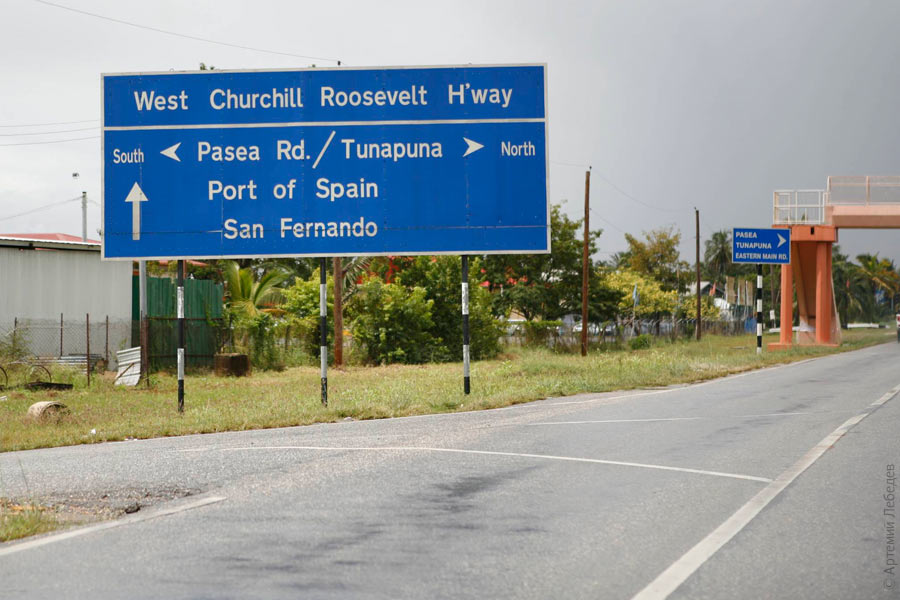 A blimp monitors the traffic (the last time I saw one was six years ago in Berlin). The logo of the local police should be called “Shalom, Hummingbird.” 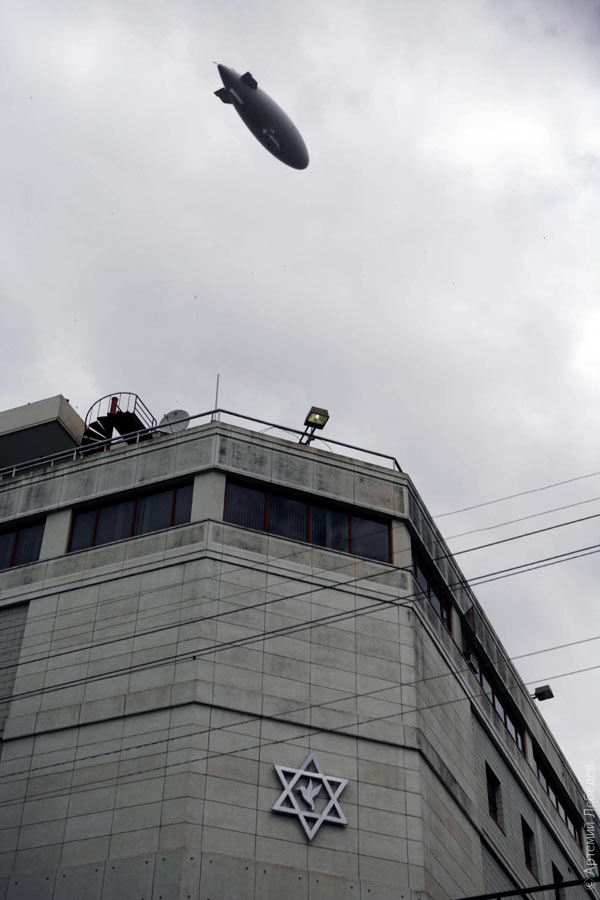 Traffic lights are sometimes hung in pairs for extra safety (reminded me of Oslo). 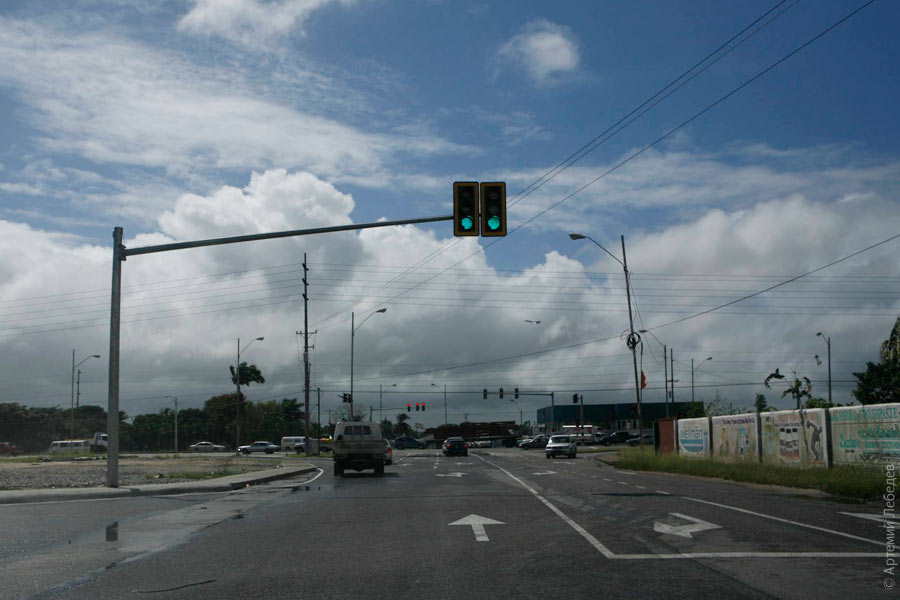 All pickups and large passenger vehicles have their maximum gross weight and tare weight marked on them (almost like in Vietnam or Indonesia). 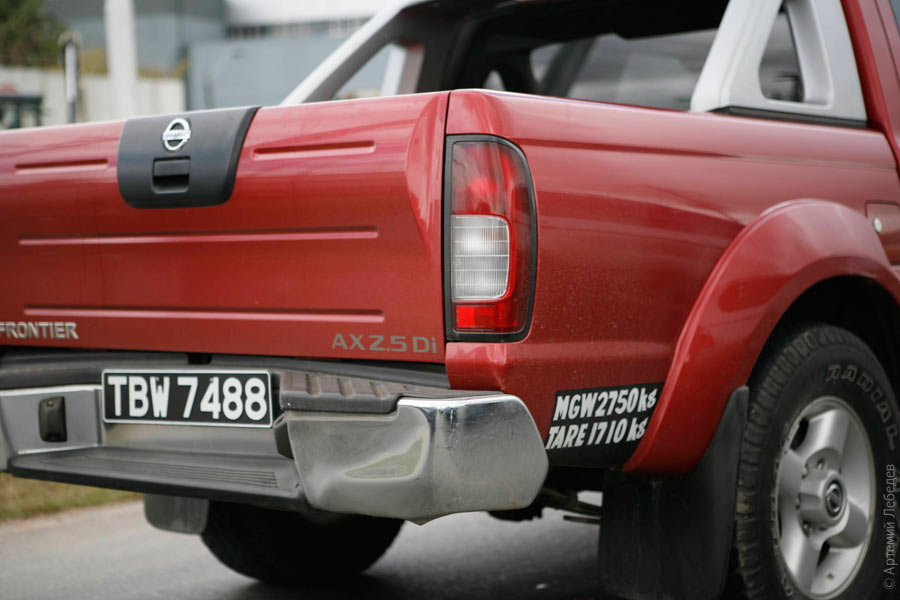 The impossibly beautiful women here are offset by the ugliest license plates on earth. 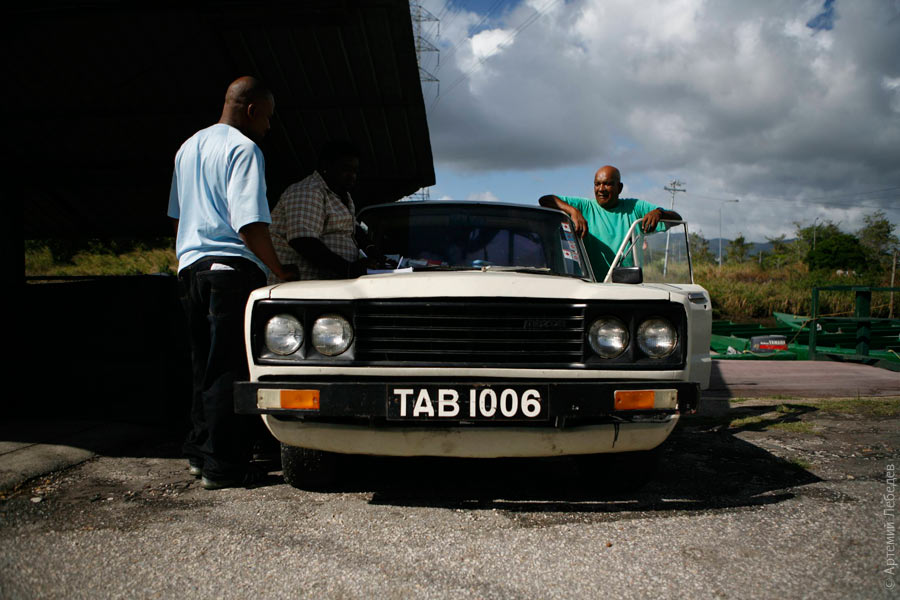 Trinidad and Tobago’s post boxes are part of its British legacy.  The diverse basket stands for garbage bags were inherited from South America (compare to Chile). 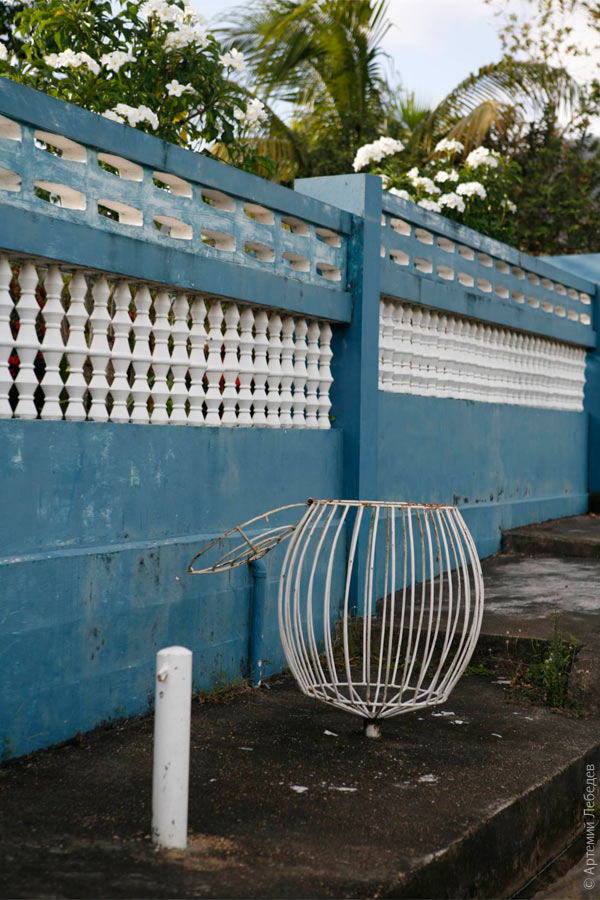 The middle-class kitsch came from North America. All the bus stops are somewhat fanciful here.  And the occasional crazy people in the street are part of its Caribbean heritage. 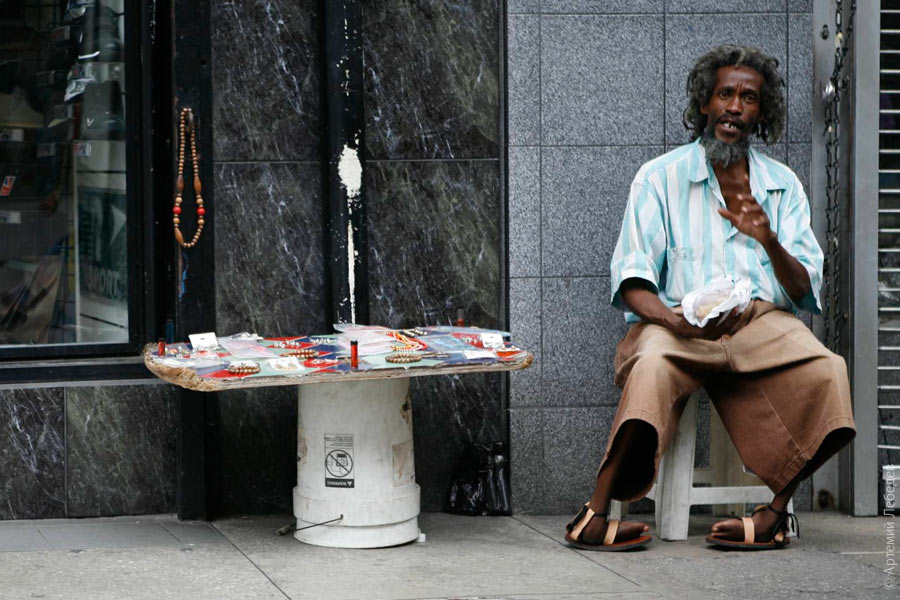 By the way, Caribbean men have a very important daytime activity: standing around doing nothing. They’re not even selling drugs; they’re just hanging out by the wall all day long. This is considered cool. 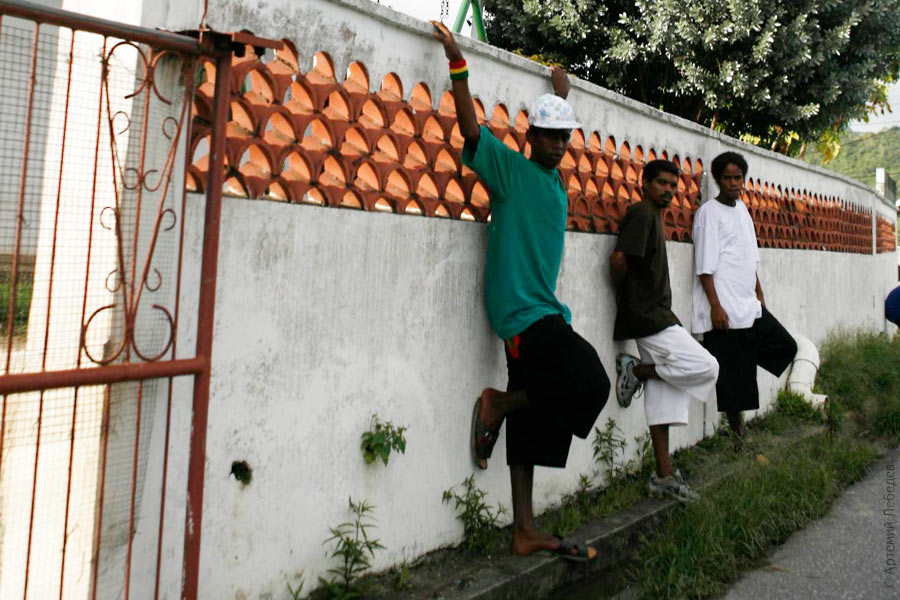 Meanwhile, the women are busy doing something useful. 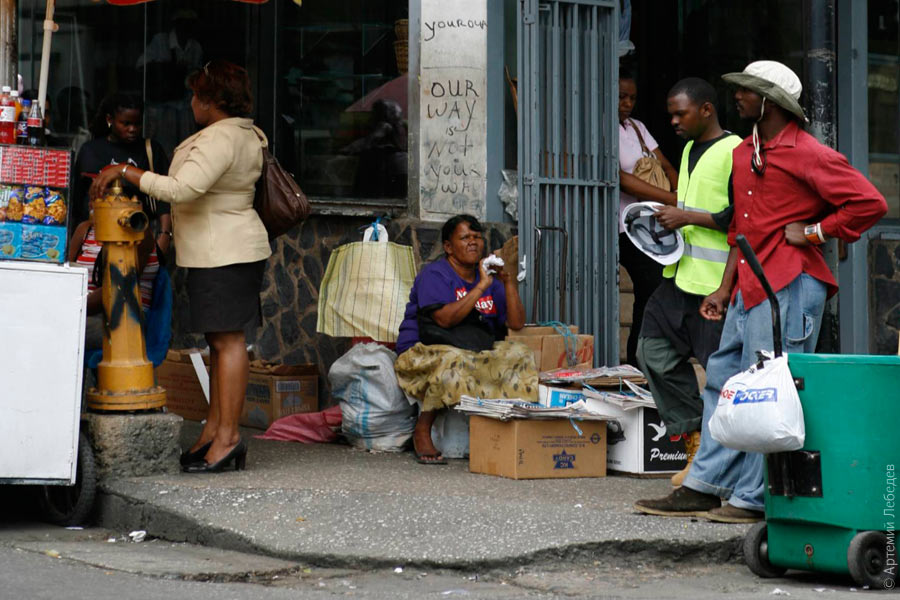 Usually selling things.  Trinidadian advertising tends to employ a particularly cheeky tone. For example, “Imagine an LCD-HDTV that reflects your unique style.” Sounds like the usual advertising hogwash. But the reflection of the TV is pictured as a glass of wine with a bit of red left at the bottom. 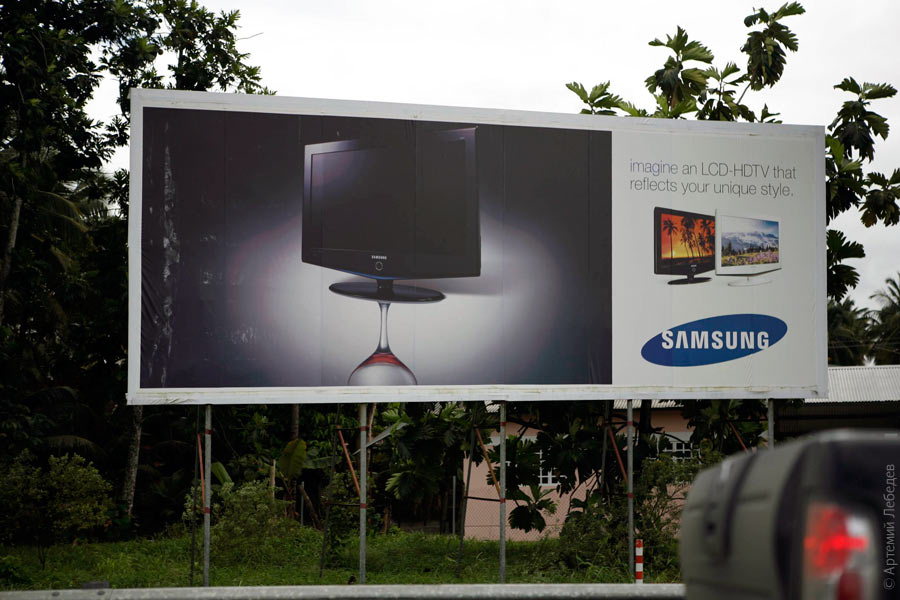 Or here’s another copywriting masterpiece: 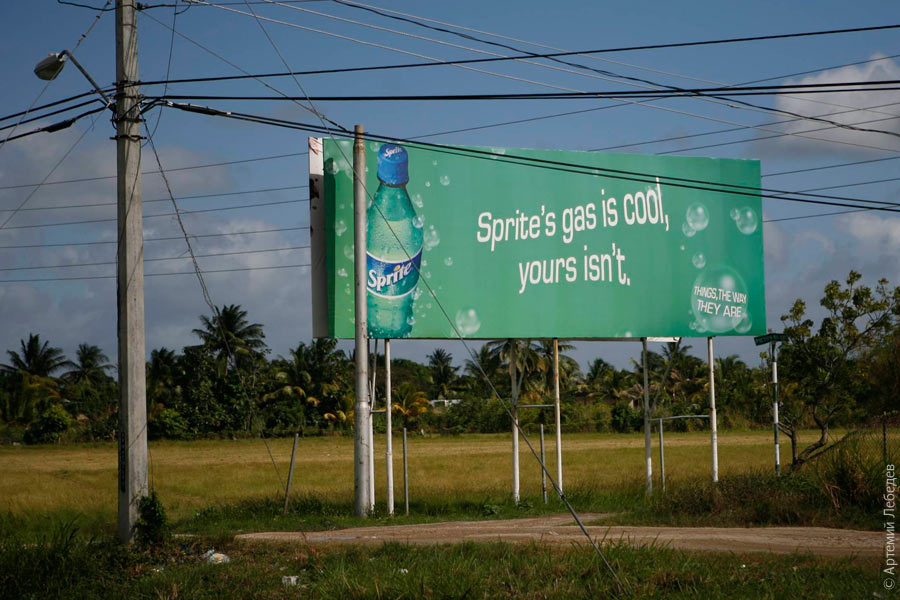 To sum up, it’s a sort of Caribbean Odessa. |